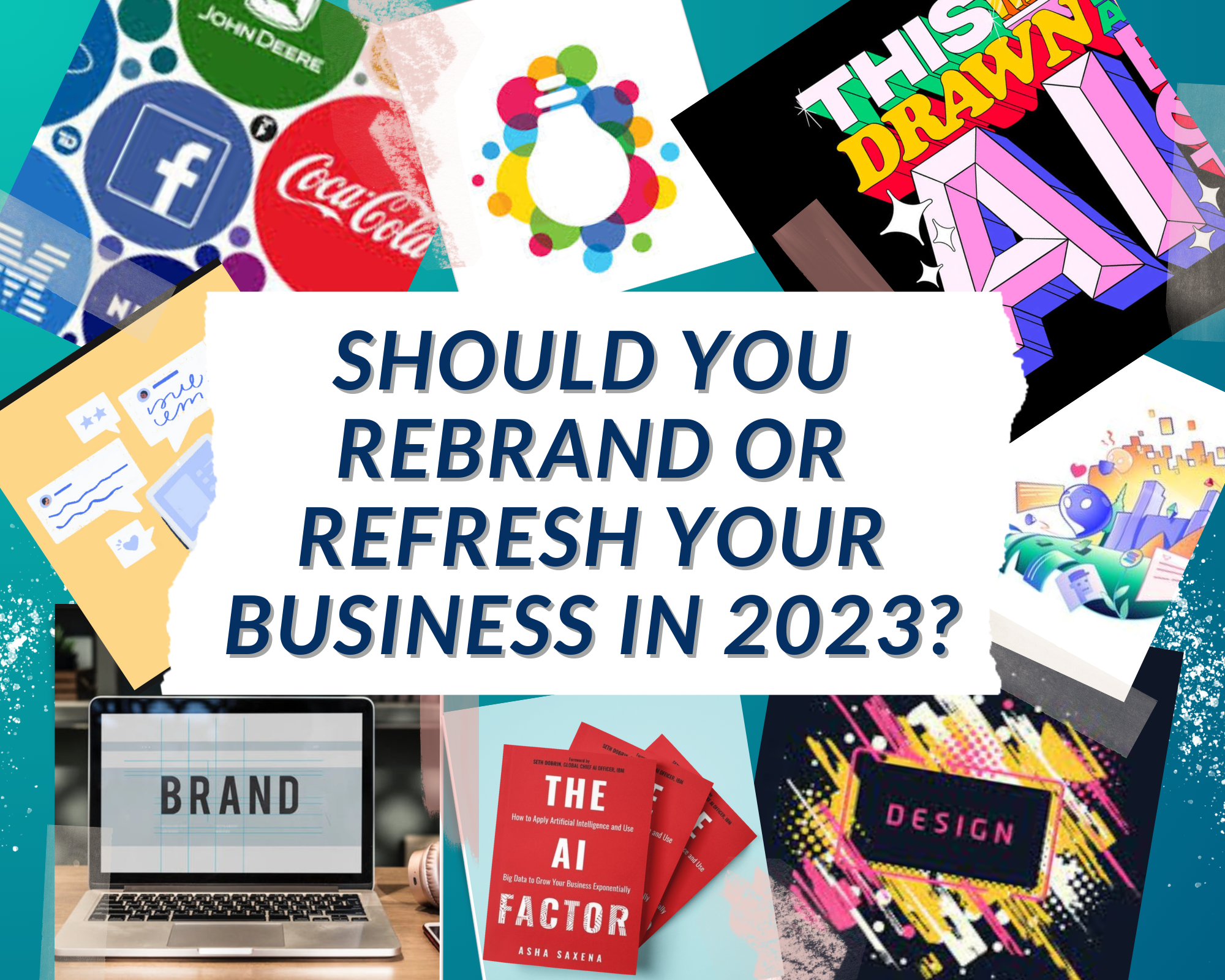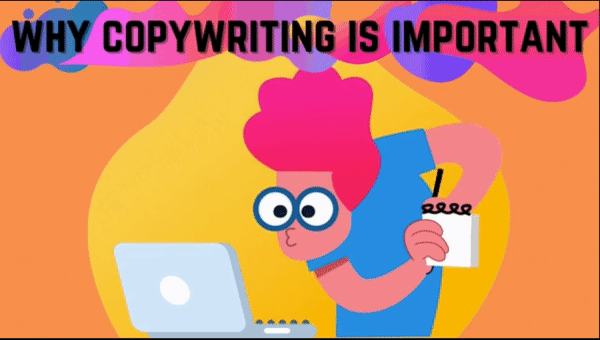What is social media? Social media is the ability to use third-party platforms to engage different types of users in different ways.
People don’t want to listen to commercials; social media is not shameless self promotion. People want information, they want your opinions, they crave transparency. They want to know that you are honest with them, and they want what they want, not what you want them to want. If you want people to want your product, give them information, a peek inside your business. Give them something fun, give them something informative, give them facts, give them tips, give them quotes to live by (not too many though). Talk to them, join in on their conversations, contradict or share their opinions, let them know you are paying attention to them. Do all of these, not just one.
This is one of the reasons why social media has not only been a challenge for entrepreneurs, but also to large companies and marketers used to delivering messages via advertisements to the consumer, not for the consumer. Even with today’s ads, you can still be sure that marketers are still trying to sell you a product through visual aids, but the conversation continues to be uni-directional. Hence the need for the type of marketing that gives your supporters what they crave: Attention.
1st key ingredient: YOU
You, your company, your brand. Consumers cannot have a conversation without you. If you don’t respond, they will move on to the next person who can.
Key Ingredient: Strategy
What do you want your social media strategy to accomplish?
- If you want to use social media for social entrepreneurships you discuss issues, invite others to join the conversation. Invite them to events or ask them to set up fundraisers, etc.
- If you’re a profit based business, you will use social media to increase your sales, site hits, ad clicks, etc.
- For Engaging: Are you posting cool blog posts? Interesting facebook facts? Do your readers know you’re on facebook? How can they follow you? They won’t do a search unless you make it clearly visible. Add sharing tools on your site, on places where you guest blog, on your bags…
- To gain a Loyal following:Who is loyal? Why do they care about you? How can you get to those who aren’t?
But remember:
- minimum spamming
- maximum sharing
Key ingredient: TIME
Social media takes up a lot of time, but people are on the internet alot, and they’re everywhere. How much time are you spending on Twitter? Are you posting frequently on facebook? How much time can you afford to spend?
The more time you spend, the more you will find others. The less you spend, the longer it will take you to reach larger audiences.
Either way you can make it work, the trick is to engage key people that will help you spread your message for you.
Key Ingredient: Social Media Networks and Tools:
Two biggest ones: Twitter and Facebook
What is twitter? Why do you care to use it for business?
Twitter is a microblogging service, where you share information or news stories, ask questions, join in on a popular discussion, etc. Though you’re limited to 140 characters, you’re not limited to the number of times you can post. Although, posting too often will probably annoy some of your followers.
Now you’re on twitter, now what?
Join in on the discussions:
- Hashtags “#” mark these discussions and you can get in on one or create one yourself, they’re used in events and they can get you some key followers – i.e.: customers or supporters. To check out hashtags that are already set up, which people constantly tag (add to their tweets; i.e.: always recycle #ecomonday), go to twubs.com.
- Connecting: Are you connecting with your audience? How are you doing it?
- Are you re-tweeting what your followers post?
- Are you replying to them?
- How can you monitor whether they re-tweet you or mention you?
- What is a re-tweet?
- A re-tweet is when someone likes what you “tweet” and credits you by pairing the ‘@’ next to your name, same goes with mentions.
- If you use a third party tool, like tweetdeck, this will take the work out of always checking on your twitter page whether someone has mentioned or re-tweeted you.
This is HOW the conversation begins.
Facebook:
If you’ve never set up a page for your business or non-profit, Here’s a short guide:
- Create a page on facebook.
- Once you set up a page for your non-profit or business or both:
- Link to other pages on your facebook fan page: (i.e.: other fan pages)
- Under the other fan page’s icon – you will see a link that says: Add to my page’s favorites
- Add the causes tool if you are a non-profit.
- Also add: Tools, links, photos, video, ask your followers questions, post issues, information, latest trend in your company, latest news article, tell them what your business is doing.
- Post often, otherwise they won’t see your status updates.
- Finally, customize your facebook landing page.
Other tools:
Blogs
How to make your blog interesting:
- Write posts that tell a story, highlight a person, write down some quotes, make sure the story flows.
- Post things on your blog that aren’t on your twitter or facebook page, that’s how you’ll get people to come back to your site.
- Add social sharing tools, the tweetmeme, facebook share, and digg buttons.
YouTube:
If you can, do it! Or Vimeo! Whatever you have that adds a visual aspect to your site and facebook updates.
Search Engine Optimization
Keywords, keywords, keywords!!!
However, the new way to getting noticed on search engines will be by the number of people talking about you on social networks.
Add yourself to StumbleUpon, or get someone to add you.
Basically there are many businesses out there, and many are your competitors, what are you going to do to stand out? You have to put yourself out there – EVERYWHERE!




